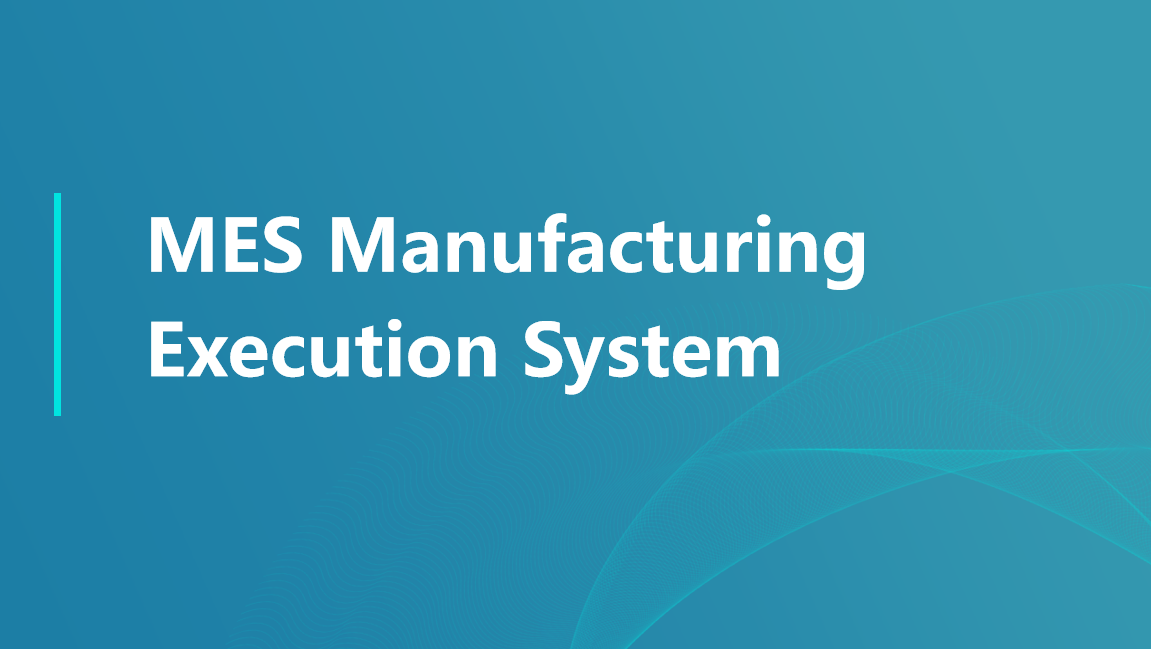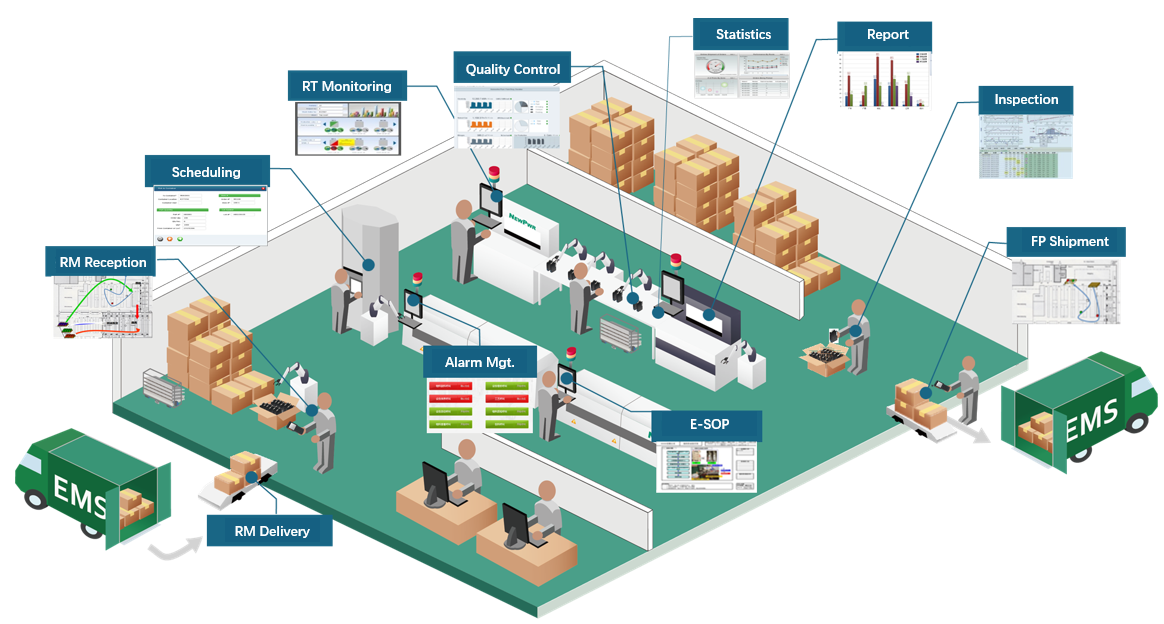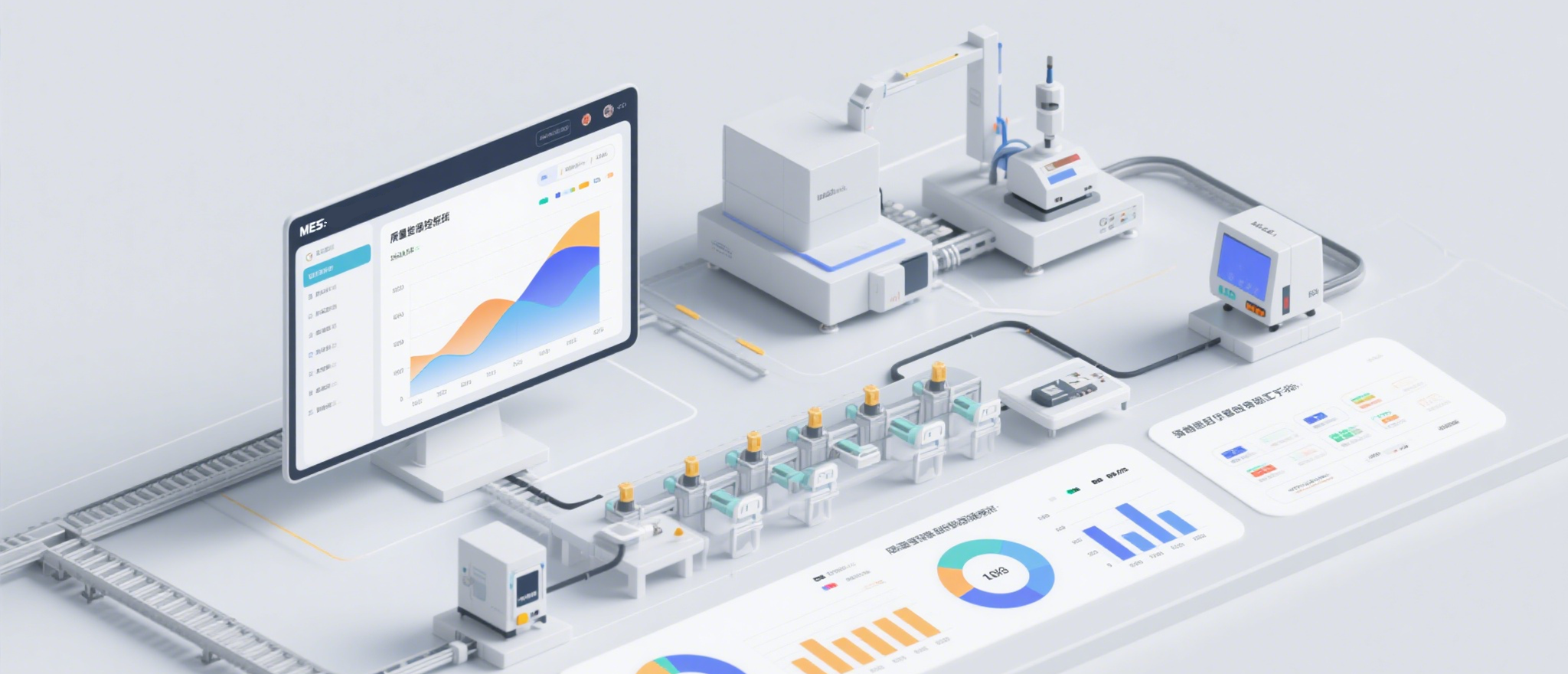



The MES (Manufacturing Execution System) is the core of digital transformation, offering modular management applications for the batch process industry. It enables integrated management from production planning to execution management in enterprises, reduces compliance risks, and comprehensively enhances the work efficiency and quality capabilities of factories. Leverage the MES to meet the requirements of digital transformation and construction across the entire plant in the batch process industry.
【It features an open system with an advanced architecture, meeting the management needs of all production elements in production processes and process control, as well as enabling comprehensive traceability of production data, truly achieving the integration of IT and OT.】

Features
• Optimized Scheduling
By determining and implementing highly effective production scheduling, the production cycle has been significantly shortened. The system can also synchronize the production processes across the entire supply chain and optimize production execution.
• Resource Allocation and Control
The MES solution for the whole plant can manage all relevant resources in the manufacturing operation process. It can manage and track the movement and storage of materials during the production process, as well as the transmission of data information within and between work centers for work-in-progress and finished products. These functions greatly improve resource utilization and reduce waste.
• Production Tracking
Track and trace the production status and work arrangements, including displaying and recording regulatory and quality requirements. The functions of the MES support forward or backward tracing of components in each final product and their usage.
• Equipment and Personnel Performance
The MES manufacturing execution solution tracks resource usage based on the time used and the quantity produced to ensure that production does not exceed maintenance requirements. They can also track personnel training and certification requirements and arrange work tasks in a way that optimizes labor productivity.
• Fully Integrated System
Through in-depth integration of IT and OT, and by connecting with the main control system, ERP, LIMS, WMS, EMS and other systems, it breaks down data barriers and realizes digital management of the whole process such as the automation of the entire plant.

Business Benefits
• Shorten Delivery Time
By digitally connecting the enterprise system with automated manufacturing equipment and transmitting comprehensive digital twin technology to the factory floor, the production speed is accelerated.
• Improve Production Efficiency and Reduce Costs
Overcome the complexity of products and production processes in traditional process industries to ensure products are produced on-schedule, on-time, and at low cost.
• Improve Resource Utilization
Ensure that shopfloor personnel, raw materials, supply components, and work-in-progress are in the right place at the right time, thus speeding up the production process.
• Enhance Product Compliance
Complete genealogy traceability, meeting the requirements of GAMP5, with a data integrity rate of up to 96%.
• Standardization and Harmonization
Establish standard production processes and have well developed SOP manuals, which can reduce the error rate by 80%. Achieve advantages in resources such as authorized sharing of data interconnection and integration of software and hardware data.

Address: Room 3134, 3rd Floor, No. 158 Liyi Road, Xiaoshan District, Hangzhou, Zhejiang Province 311215, P. R. China
Address: 3rd Floor, Building T6, No. 308 Kangshan Road, Pudong District, Shanghai, 201315, P.R.China

Address: 11th Floor, No. 18 Zhihui Road, Huishan District, Wuxi, Jiangsu Province 214174, P. R. China




